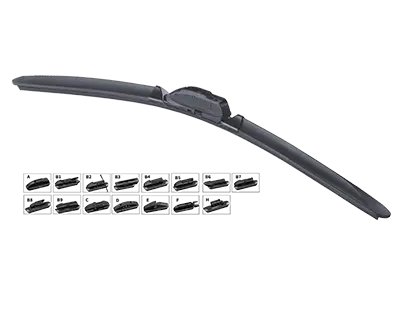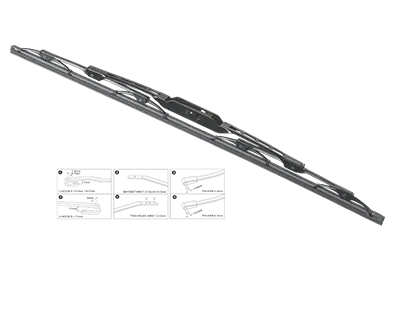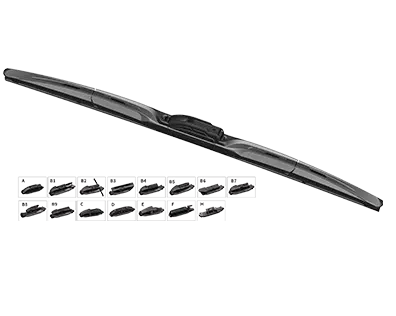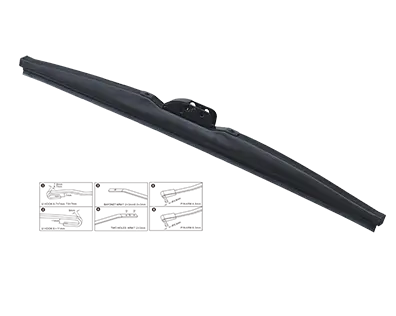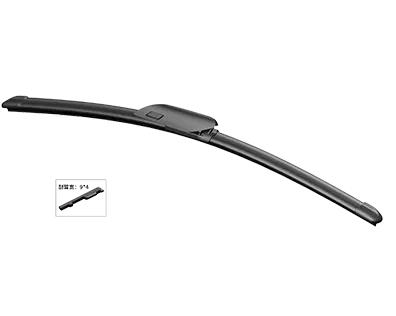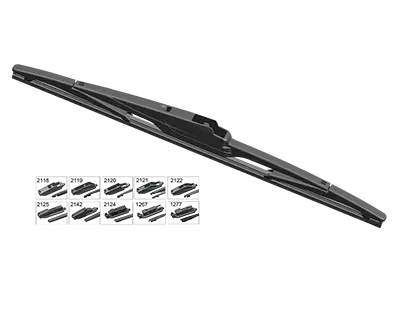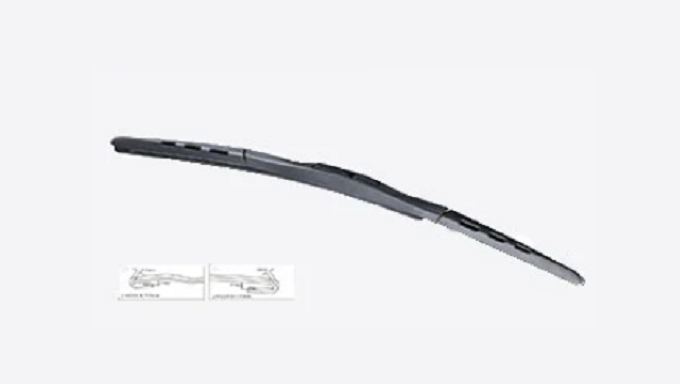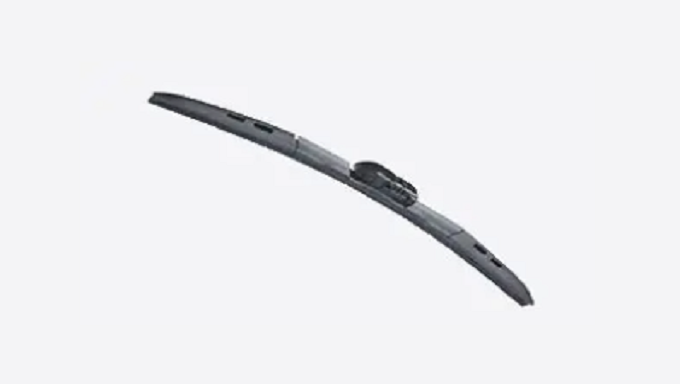Buy Custom Windshield Wipers Blades from Bosoko
When it comes to caring for your vehicle, having reliable OEM wholesale windshield wipers is essential. Bosoko custom windshield wipers supplier has you covered with top-quality products. Whether you're looking for rain windshield wipers, custom windshield wiper blades, OEM windshield wipers, or other car cleaning wiper solutions, Bosoko has you covered with top-quality products.
Bosoko manufactures a diverse selection of front and rear windshield wiper blades to suit different vehicle models and driver preferences. Bosoko OEM windshield wiper blades lineup includes flat beam wiper blades, front hybrid wiper blades, wholesale frame wiper blades, front snow wiper blades, front exclusive wiper blades, and rear wiper blades. This extensive range ensures that customers can find the perfect windshield wiper blades to match their specific requirements.
By specializing in OEM windshield wiper blades, Bosoko wiper blade supplier guarantees high-quality, reliable products that meet industry standards. Furthermore, Bosoko offers bulk windshield wipers at wholesale prices, making it an affordable option for businesses and individuals looking to maintain a stocked inventory of premium windshield wiper blades. For car enthusiasts, auto shops, and car dealerships seeking custom windshield wipers, Bosoko bulk wiper blades manufacturer provides the ability to order custom windshield wipers wholesale and OEM windshield wiper blades wholesale, offering a unique touch to vehicle maintenance and care.
Whether you are in need of rain windshield wipers, custom windshield wiper blades, OEM windshield wipers, or bulk windshield wipers, Bosoko's comprehensive product range and dedication to quality make it a top choice for all your windshield wiper needs. Trust in Bosoko custom windshield wipers bulk for dependable, durable, and efficient windshield wiper solutions that keep your vision clear and your driving experience safe.
How Windshield Wipers Work?
Windshield wipers are an essential component of a vehicle, allowing drivers to maintain visibility in all kinds of weather conditions. They are composed of a motor, an arm, a blade, and a linkage. The motor is connected to the arm, and the arm is connected to the blade. The motor is powered by the car battery, and it drives a mechanism that moves the arm back and forth. This action causes the blade to move across the windshield, wiping away any water, snow, or dirt that is obstructing the driver's view.
The arm is connected to the blade in such a way that the blade is able to move independently of the arm. This allows for a smoother, more consistent wiping motion, as the arm does not need to be moved in order for the blade to move. The arm is connected to the linkage, which allows the arm to be raised and lowered. This allows the driver to control the angle of the blade, so that it can be adjusted to accommodate different weather conditions.
Windshield wipers are an essential safety feature of a vehicle, and they play an important role in keeping a driver’s view of the road clear. They are relatively simple devices, but they are vital for providing a safe driving experience.
Wiper Blade Replacement
To begin, lift the wiper arm away from the windshield and pull the old wiper blade away from the arm. Most wiper blades are secured in place by a small tab that can be pressed to release the blade. Once the old blade is removed, compare it to the new blade to ensure a proper fit.
Next, adjust the blade to ensure a snug fit. If the wiper arm does not have pre-determined settings for the blade, you may need to adjust it manually. Do this by pressing the blade firmly to the windshield and adjusting the angle of the blade so that it sits flat against the windshield.
Once the blade is secured in place, press the arm back onto the windshield and test it to make sure the blade is working properly. If the blade does not move smoothly, try adjusting the blade one more time. With the blade finally in place, your car is now ready for any weather.


